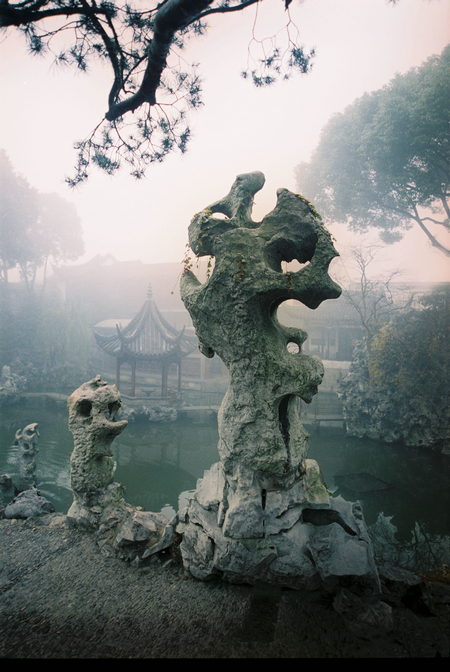

In 1997 and 2000, nine of the best-known classical gardens of Suzhou, including Lion Grove Garden, Humble Administrator's Garden and Great Wave Pavilion, were inscribed onto the World Heritage List. As UNESCO remarks: "Classical Chinese garden design, which seeks to re-create natural landscapes in miniature, is nowhere better illustrated than in the nine gardens.… The gardens reflect the profound metaphysical importance of natural beauty in Chinese culture."
Great Wave Pavilion, the oldest extant garden in Suzhou, was first built in the 11th century, though the earliest private garden in the city appeared in historical documentation in the fourth century, according to Cao Guangshu, director of Suzhou Administrative Bureau of Garden and Landscaping.
The 16th to 18th centuries witnessed the peak time of Suzhou classical gardens, following the rise of the city as an economic hub, playing host to around 250 gardens.
Some were inevitably lost to time, but some of the more recent ones kept blossoming. A comprehensive survey from 2015 to 2018 showed that the city is home to 108 classical gardens, 57 of which are in the historical neighborhood of Gusu district.
"Suzhou gardens reveal people's adoration of nature by mixing elements of different natural landscapes into their designs," says He Fengchun, director of the Suzhou Institute of Landscape Architecture Design and a veteran in the conservation of the gardens. "They inspire us to pursue harmony with the world around us.
"Visiting a garden is like unrolling a traditional Chinese landscape painting," she further explains. "So, like paintings, ancient Chinese philosophy and morals are hidden in the details of the gardens."